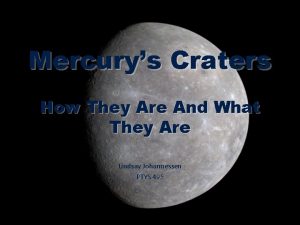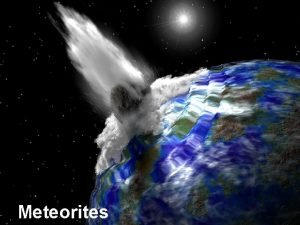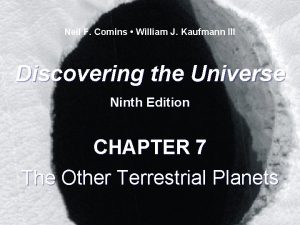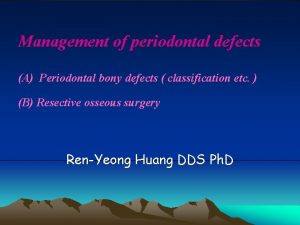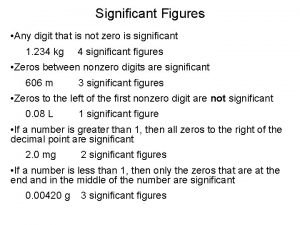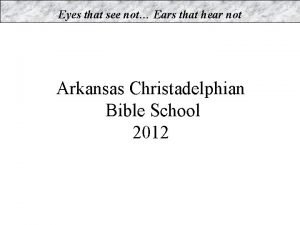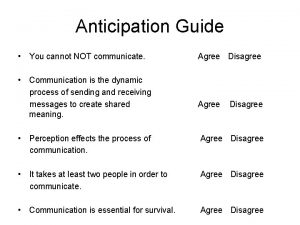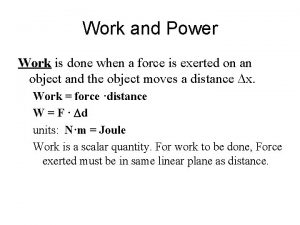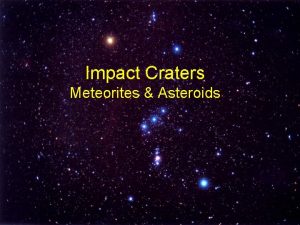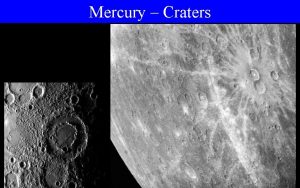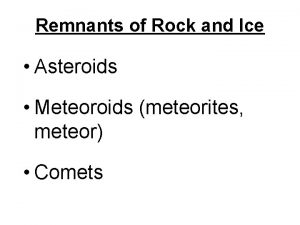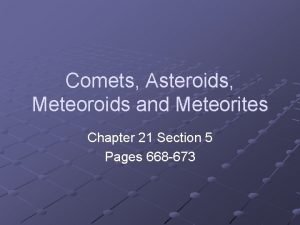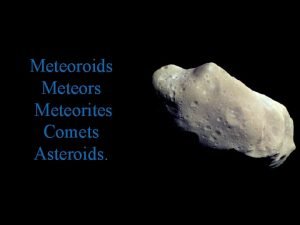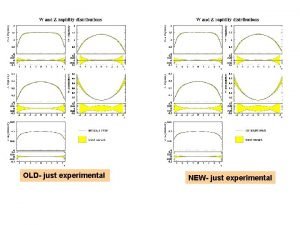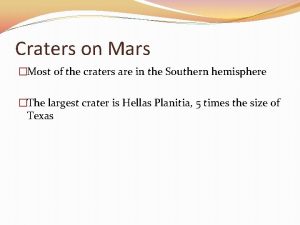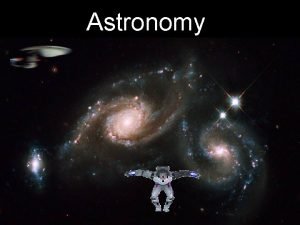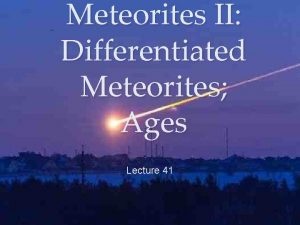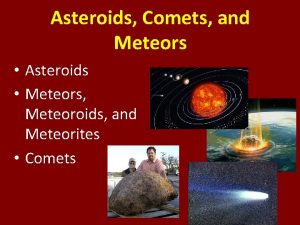Meteorites Meteoroids and Craters Not just any old


















































- Slides: 50

Meteorites, Meteoroids and Craters Not just any old hole in the ground!

Meteoroids • Small rocks that are found in space are called meteoroids. • Most of the shooting stars that you see at night are sand grain sized particles burning up in the earth’s atmosphere!

• Meteor showers occur when the earth passes through the debris left by a comet. • Many well known meteor showers are named after the constellations they appear to be coming from. • Perseids, Orionids, Geminids and the Leonids are few of the most common ones seen in the northern hemisphere. Meteor Showers

Fireballs • Larger meteors that can be seen for more than a second are called fireballs. • These can be fist sized to boulder sized rocks traveling at great speed and burning up in the atmosphere.

Meteorites • Rocks that survive their fall through the earth’s atmosphere are called meteorites. • They are most commonly found in the deserts and antarctica • They can be metallic, stony or stonymettalic.

• Large, city block sized and bigger rocks are called asteroids. • Because of their large size and great mass they are not slowed down by the earth’s atmosphere. • These are a few of the larger asteroids that come close to the Earth. • 59 km = 35 miles Asteroids

• Because of erosion, plate tectonics and its atmosphere Earth does not have a large number of craters. • Most of the craters seen here have been mapped in the last 50 years. Earth Craters

• Meteor Crater in Arizona was first thought to be a volcano. • The diameter of the crater is 1. 2 km and it is about 500 feet deep. • It is thought to be 50, 000 years old. • It was formed by the impact of a large iron/nickel asteroid. Craters in the US

Canyon Diablo meteorite This 1069 lb. meteorite is a fragment of the giant meteorite that explosively formed Meteor Crater in Arizona


An aerial photograph of the 1. 13 -km-diameter Pretoria Saltpan impact crater (also known as the Tswaing Crater) in South Africa.

• • The Holleford Meteorite Crater, Quebec, Canada was formed by an asteroid 100 m in diameter, traveling at 20 km/sec. It impacted with a kinetic energy six times that of the object that formed the Barringer Crater. ). A 244 meter deep crater was blasted out of the rock. The depression filled with water to become a circular lake.

Lonar Crater, India 1. 8 km wide, 52, 000 years old

Gosses Bluff crater • This crater is in the Northern Territory of Australia. • It is 22 km (13. 2 miles) in diameter and believed to be 142 million years old. • The structure is deeply eroded and only the central uplifted portion of the crater is still clearly visible.

• • • Wolfe Creek Crater is located in Western Australia. 300, 000 years old and approx. . 6 miles in diameter. The floor lies 55 meters below the rim of the crater. The rim of the crater rises 25 meters above plain. The native people call the crater "Kandimalal" and have been aware of it for thousands of years Australian Craters cont.

• Geologists, searching in 1987 for limestone sinkholes, discovered the perimeter of the 200 km-wide Chicxulub impact crater. • This impact, 65 million years ago, may have played a major role in the extinction of the dinosaurs. • This crater, variously estimated at 180 -300 km in diameter, is the 3 rd largest impact structure known on Earth. The Chicxulub Crater in Yucatán

Gravity map of Chicxulub crater, showing outline of Yucatán coast. White dots are cenotes, often concentrated along the crater rim (after Hildebrand et al 1995). ] • • Many researchers have tried to measure the crater’s size. Hildebrand (1991) located two concentric rings which suggested an outer rim of 180 km (108 miles), Sharpton (1993) found 4 concentric rings indicating a 200 km (120 mile)-wide basin with inner rings 104 and 154 km in diameter, and a 300 km (180 mile) periphery. Hildebrand (1995), while mapping shallow structures in the crater, rather than the deeper underlying strata, showed six rings within his proposed 180 km diameter.

Chicxulub crater • 150 to 180 mile wide crater. • 10 miles deep • Event occurred 65 million years ago. • This is the same time that the Dinosaurs disappeared from the planet. • It is covered by many layers of sedimentary rock • It released 100 trillion tons of TNT • The shock wave and firestorm following this event may have destroyed up to half of the flowering plant species on earth.

• This crater resembled other multi-ringed craters, on Venus, Mercury, Europa, or the Moon. • Beads of altered glass called tektites related to the formation of Chicxulub Crater have been found in Belize 480 km (288 miles) from the crater. • Similar tektites, formed from the heat of the Chicxulub impact, are scattered as far afield as Haiti and north Mexico Dinosaur doom? ?

Tektites

Tektite Fields of the Earth • Most tektites are found in these 4 fields. • Three of the fields (#2, # 4 and #3) have known impact craters associated with them. • The Australian/Asian field (#1) alone covers 10% of the Earth’s surface. • The properties of these strange rocks can only be explained by a meteor impact.

Top Ten known craters on the Earth. Name State/Prov Vredefort Country Dia. (km) Age(millions S. Africa 300 2019 Yes of years) visible Sudbury Ontario Canada 250 1847 Yes Chicxulub Yucatan Mexico 180 65 No Manicouagan Quebec Canada 100 213 Yes Russia 100 30 Yes Popigai Acraman S. Australia 90 450 Yes Chesapeake Bay Virginia USA 85 35 No Puchezh. Katunki Russia 80 173 No Morokweng S. Africa 70 144 No Kara Russia 65 73 No

Vredefort crater in South Africa This is the largest known crater on the planet. It is 300 km wide (180 miles) and it is 2 billion years old!

Sudbury Crater, Ontario, Canada 250 km (150 miles) in diameter, 1. 8 billion years old

Sudbury Crater, Ontario

Another Canadian lake revealed to be an old crater! Manicouagan, 100 km (60 miles) diameter, 200 million years old

Popigai crater, Russia 100 km (60 miles) in diameter, 30 million years old

Acraman Crater South Australia 90 km (60 miles) in diameter, 450 million years old

Chesapeake Bay Crater (85 km), 35 million years ago. The Research ship Glomar Challenger discovered this crater in 1983 while digging cores in the sediment of the bay. It is 1. 3 km below the surface.

Beaverhead Crater, Challis, Idaho 60 km (36 miles) in diameter, 550 million years old

Can you find the ancient crater?

Find this crater located in Africa!

Clearwater West (36 km) and Clearwater East (27 km). Both were formed 270 million years ago.

Mistastin Lake, Newfoundland Labrador, Canada. 28 km diameter, 38 million year old

Richat Structure, Oadane, Mauritania. Sahara 38 km diameter (23 miles)

Teague, Western Australia. Diameter = 28 km age 1. 7 billion years.

Examination of the bottom of this 5 km wide lake in Canada revealed it to be a crater!

Rotor Kamm, Namibian Desert, Africa. 2. 5 km diameter, 3. 5 million years old

Roter Kamm from the side. Erosion has drastically affected this crater.

Bosumtwi, Ghana. 10. 5 km diameter and 1. 3 million years old

Kara-Kul, Tadzhikistan. 45 km in diameter, 10 million years old.

These craters are on Venus! The pictures were taken by the Magellan space probe.

Yuty Crater, Northern Hemisphere of Mars Diameter 19 km Note the ejecta blanket of frozen water!

This large carter on the Martian moon Phobos nearly split this small moon in two!

Copernicus crater on the Moon!

A large multi-ring crater on Mercury.

The Great Extinctions. People feel that large impacts may explain why some of these happened.

Great Marine Extinction Percentages • Name Ma Families Genera All Species Land Species • Cretaceous -Tertiary (KT) 65 16 47 85 18% of vertebrate families • Triassic - Jurassic 214 22 53 83 unclear • Permian -Triassic 251 53 82 95 70% of land species • Late Devonian 364 22 57 83 little known • Ordovician – Silurian 439 25 60 85 nonexistent

Families becoming extinct In general, at any given time, about 5% of all species are going extinct; this is the "background extinction rate". In the KT event 85% of species were lost, while only 47% of genera, 16% of families, 10% of orders and 1 out of 82 classes went extinct. No phyla were lost

 Mercurys craters
Mercurys craters Inside of meteorite
Inside of meteorite Origin of meteors
Origin of meteors Venus craters
Venus craters Gradualizing marginal bone
Gradualizing marginal bone Small just
Small just The final six lines of romeo and juliet
The final six lines of romeo and juliet English 9 vocabulary unit 1
English 9 vocabulary unit 1 Once upon a time a little man
Once upon a time a little man Once upon a time there lived an old man and an old woman
Once upon a time there lived an old man and an old woman There aren't any carrots
There aren't any carrots Any to any connectivity
Any to any connectivity Seknder
Seknder How old is
How old is Once upon a time there lived a family
Once upon a time there lived a family It's not what you say it's how you say it
It's not what you say it's how you say it Cm9iysdxagc -site:youtube.com
Cm9iysdxagc -site:youtube.com Characteristics of just-in-time partnerships do not include
Characteristics of just-in-time partnerships do not include Not just anyone
Not just anyone Notjustbingo
Notjustbingo Nothing much just chilling
Nothing much just chilling Its not just anymore
Its not just anymore The biggest risk is not taking any risk
The biggest risk is not taking any risk Sources of waste
Sources of waste Any digit that is not zero is significant
Any digit that is not zero is significant 1 corinthians 16 22
1 corinthians 16 22 Old beliefs do not lead you to new cheese meaning
Old beliefs do not lead you to new cheese meaning Wild swans at coole poetic techniques
Wild swans at coole poetic techniques Being too broad
Being too broad If you are not confused you're not paying attention
If you are not confused you're not paying attention Casual vs formal
Casual vs formal Attention is not explanation
Attention is not explanation If not p then q
If not p then q Edna st vincent millay love is not all
Edna st vincent millay love is not all Eyes that see not ears that hear not
Eyes that see not ears that hear not Pp ran
Pp ran If you can't measure it it does not exist
If you can't measure it it does not exist We will not be shaken we will not be moved
We will not be shaken we will not be moved Not a rustling leaf, not a bird in flight
Not a rustling leaf, not a bird in flight You cannot not communicate
You cannot not communicate Wanted a just right government cause and effect answers
Wanted a just right government cause and effect answers Present tense in hindi
Present tense in hindi Please miss just once
Please miss just once Let just kiss and say goodbye
Let just kiss and say goodbye Lamar gant
Lamar gant Present perfect with just already yet
Present perfect with just already yet If you confess your sins he is faithful
If you confess your sins he is faithful Ecclesiastes 9 10
Ecclesiastes 9 10 Sheila has just arrived at the airport and is dragging
Sheila has just arrived at the airport and is dragging Decode
Decode Wanted a just right government cause and effect
Wanted a just right government cause and effect
